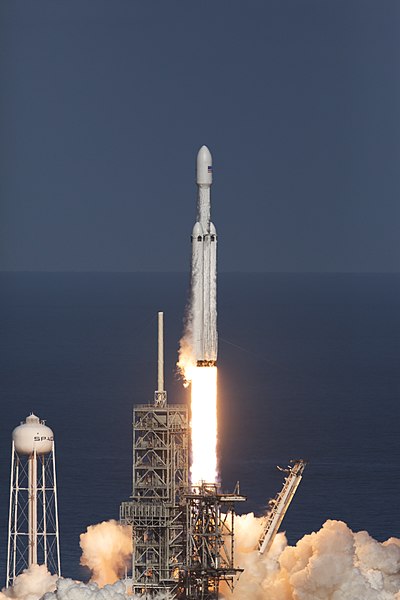
SpaceX successfully launched its 18th cargo flight to the space station Thursday evening.
The Space-X Dragon Capsule lifted off at 6:01 p.m., from Launch Complex 40 at Cape Canaveral Air Force Station.
Thunderstorms moving across Florida delayed a launch attempt on Wednesday and the weather predictions indicated a low chance for launch Thursday as more stormy weather was expected. However, clouds thinned out and right on time the Falcon 9 roared to life and lifted off.
The reusable booster of the rocket landed at the Air Force Station after launch, causing sonic booms on the Space Coast and over parts of central Florida.
The Dragon spacecraft, riding on top of the rocket, is headed to deliver supplies, science equipment and a new docking mechanism that will be used for spacecraft carrying people.
For the mission, SpaceX is using a Dragon cargo capsule that’s already been to space twice before. It previously carried cargo into space in April 2015 and in December 2017. If successful, it will be the first time the same Dragon has gone on the third trip to space.
The latest cargo mission from Florida for NASA is sending about 5,000 pounds of supplies to the crew on the International Space Station. Packed inside the capsule’s main storage compartment are some interesting goodies and science experiments for the crew to work with over the next few months.
Among the private companies sending 17 research projects to the space station are Nickelodeon, Goodyear, drugmaker AstraZeneca, and nScrypt, an Orlando company that is sending a 3D printer to space to make human tissue. The printer will be controlled by scientists on the ground and print nerve cells, muscle cells, and proteins. The experiment uses the near lack of gravity to help the cells hold their shape.
The Dragon is also carrying a key piece of hardware for the station itself- a new dock for the ISS. Known as the International Docking Adaptor, this will eventually be attached to a port on the exterior of the station. The installation will create a new parking spot for two future commercial spacecraft, both currently in development by SpaceX and Boeing.
According to The Verge.